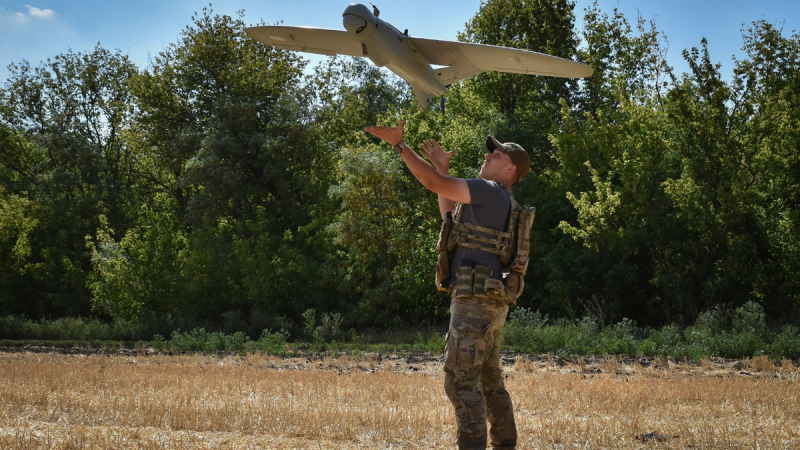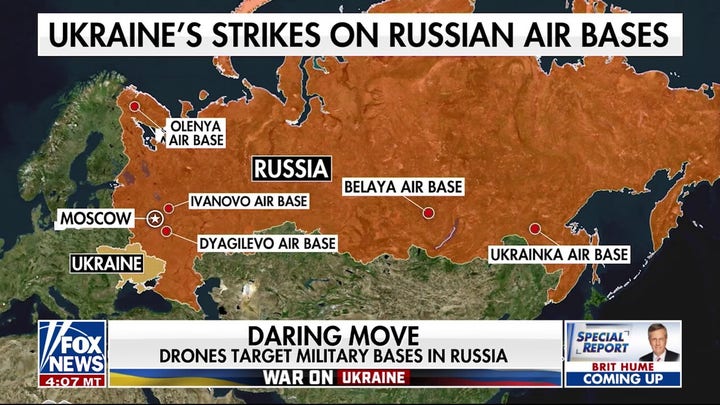
The massive Ukrainian drone strike on Russia has strong implications for the future of all warfare. The sophisticated operation taught us that the use of low-cost, highly scalable, lethal drone technology is here to stay. Our leaders must pay attention, because the Ukraine-Russia war is a blueprint for not only how we will fight future wars but how we will have to defend ourselves from a more sophisticated and capable enemy than ever before.
America’s defense leaders need to start reflecting on the realities of modern warfare and fully understand that, as a country, we are not ready. Some people still want to try and deny these very small, handheld first-person view (FPV) drones that cost only a few hundred dollars are not the future of warfare.
They need to wake up. That’s the wrong mentality, and it makes the U.S. less prepared. In the case of the Ukraine operation, they utilized a few good sources, some cheap trucks, and low-cost drones with munitions that managed to destroy over 40 strategic bombers worth billions. Not millions, billions.
The U.S. government, on the other hand, will spend $10 billion dollars on an aircraft carrier that takes a decade to build and likely now could be destroyed by a modern-day swarm of unmanned surface vehicles, the same ones that have pushed the entire Russian Black Sea Fleet out of the Black Sea.
Our defense procurement priorities are misguided. The Russians, Ukrainians, Iranians and even the Chinese are starting to treat drones not like we typically do as surveillance. They treat them like they do artillery rounds. This is ammunition and ammunition needs to be produced in massive quantities. They collectively have their manufacturers producing millions per year, yet our government gets excited when a U.S. manufacturer can produce 100 drones a month.
The Ukraine operation should also highlight just how vulnerable we are as a country to similar attacks from our enemy. Sadly, history has shown that the U.S. government will likely only change its archaic laws after we have a catastrophic attack on U.S. soil. Currently, we don’t allow for the needed widespread use of counter-drone and electronic warfare systems. We should be asking our leaders, why do we have to wait for fellow Americans to get hurt before doing something?
The truth is, we are not prepared defensively for what the state of drone technology currently is globally. People now easily have access to lethal capabilities at low costs that were before only allotted to first-world countries with massive budgets. The technology is proliferating at an alarming rate.
Thankfully, we have a few companies up to the task. Andy Yakulis, CEO of the defense startup Vector Defense, focused on preparing our soldiers for the next generation of drone warfare, told me recently that: ‘We don’t have a drone technology problem, we have a contracting problem. We have a federal government and defense department procurement problem. Our defense industrial base is broken, and the big prime contractors just don’t get it and aren’t incentivized to adapt to this modern way of warfare because the money keeps rolling out to the same large defense contractors in from our government. We need to streamline the process for defense innovators, companies who understand the threats.’
He’s right, the technology and expertise in America exists today to stop future attacks and to protect Americans. We will never fight another war without drone technology and AI playing some of the most critical roles. We just aren’t moving federal government budgets quickly enough to fix it, and we need to before it’s too late.
